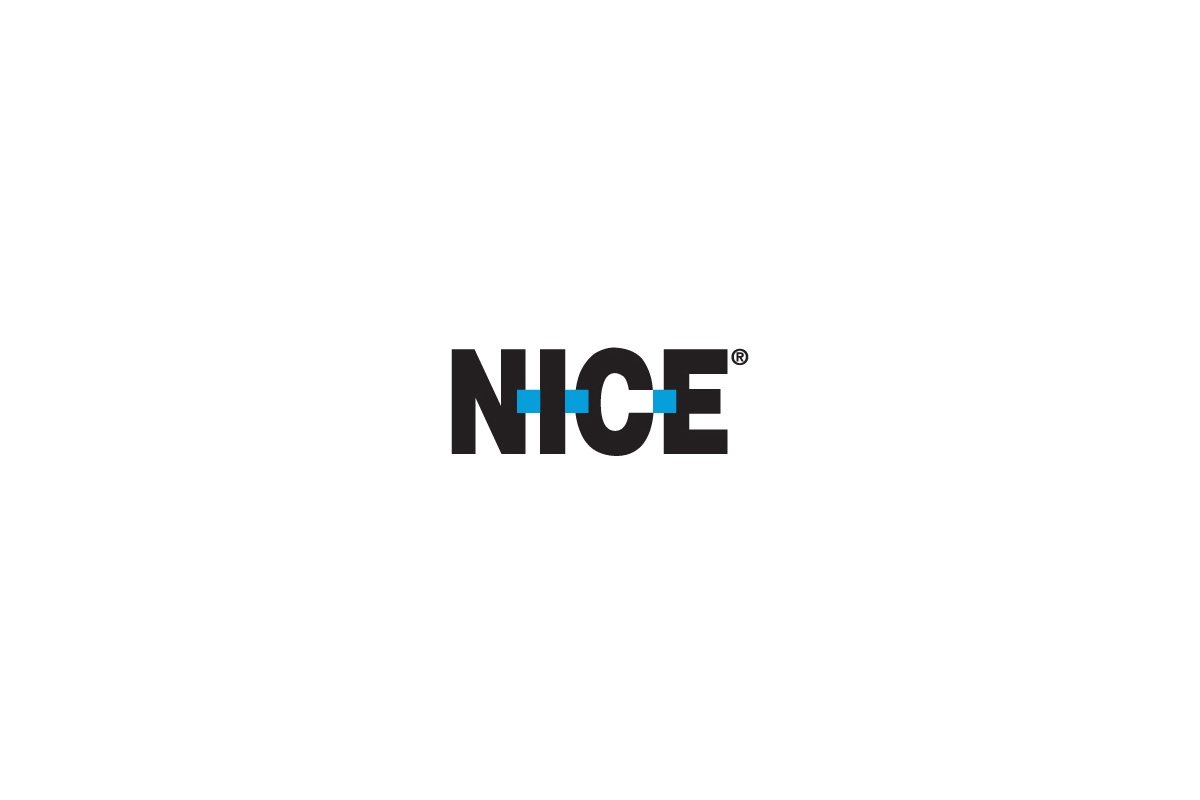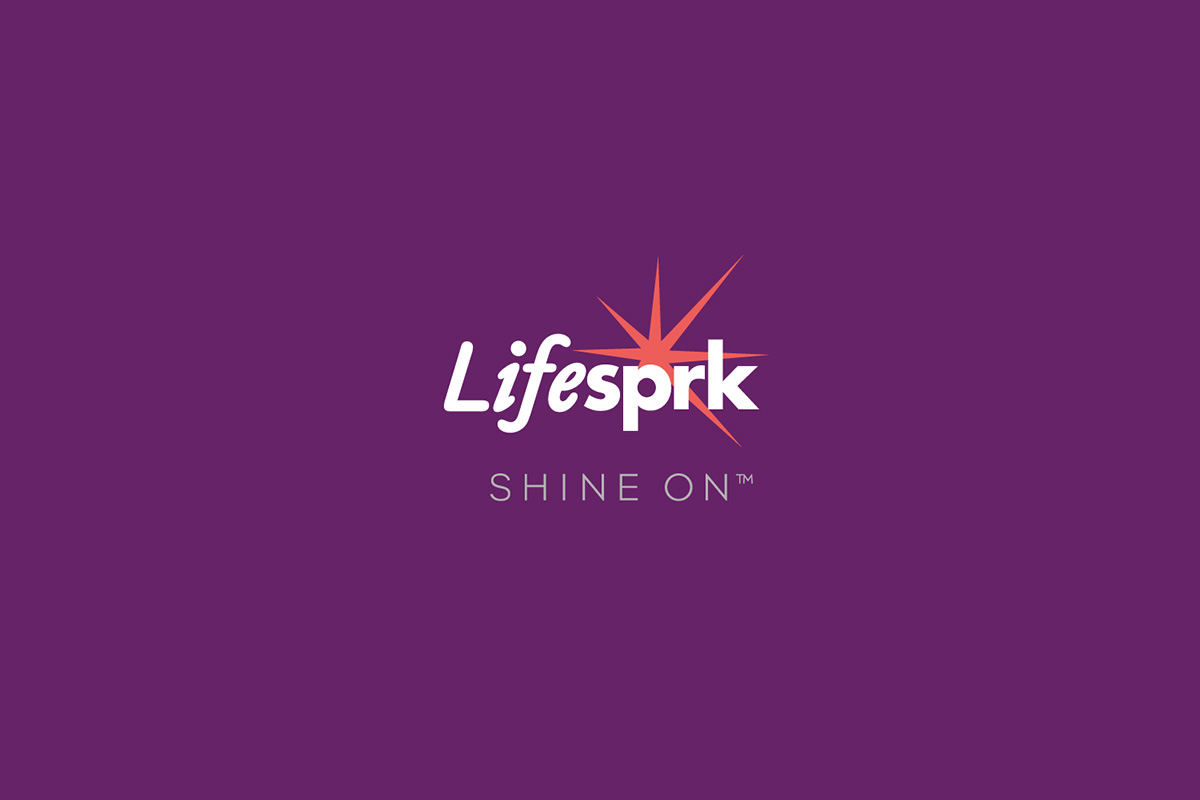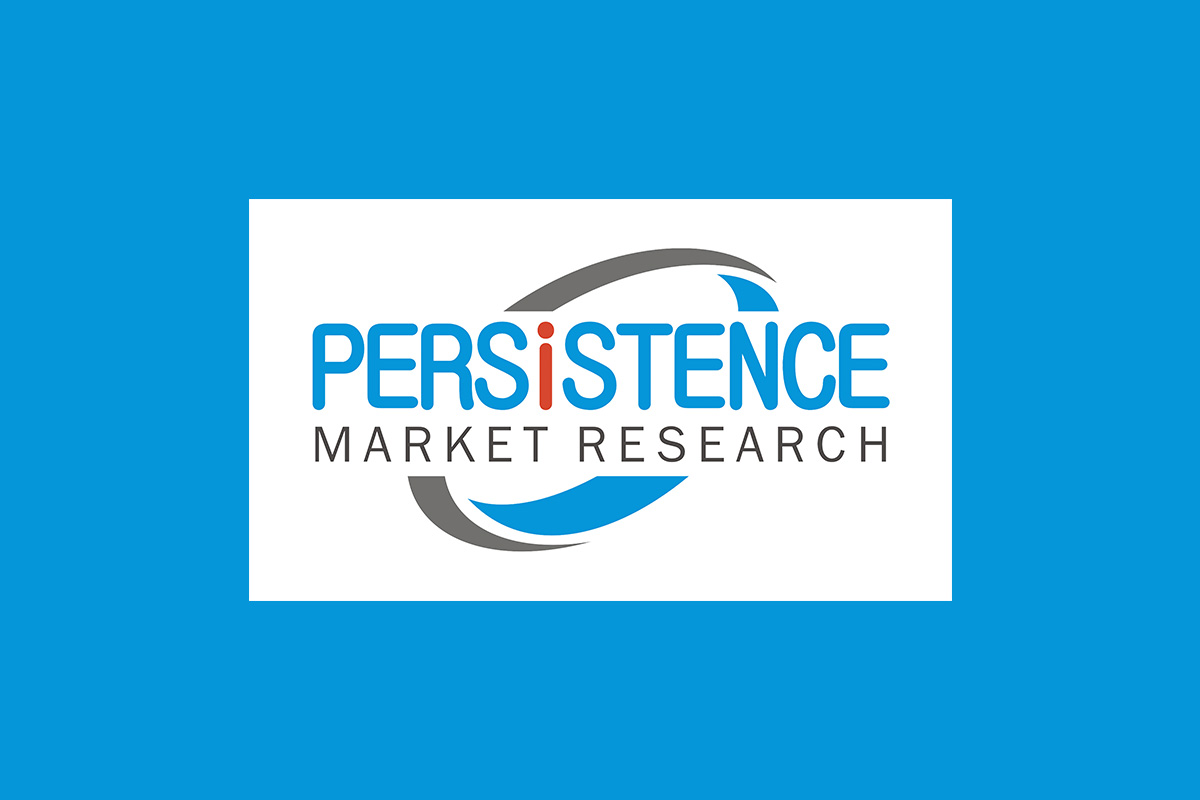According to the new market research report “Beverage Packaging Market by Packaging Type (Bottle, Can, Pouch, Carton), Material Type (Glass, Plastic, Metal, Paper & Paperboard), Product Type (Alcoholic Beverages, Non-Alcoholic Beverages, Dairy Beverages), and Region – Global Forecast to 2026″, published by MarketsandMarkets , the global Beverage Packaging Market was valued at USD 148.1 billion in 2021. It is projected to grow at a CAGR of 5.0% and reach USD 189.0 billion by 2026. The Beverage packaging helps in protecting the beverages and extending its shelf-life. It further acts as an effective tool for marketing and attracting the attention of consumers.
, the global Beverage Packaging Market was valued at USD 148.1 billion in 2021. It is projected to grow at a CAGR of 5.0% and reach USD 189.0 billion by 2026. The Beverage packaging helps in protecting the beverages and extending its shelf-life. It further acts as an effective tool for marketing and attracting the attention of consumers.
Download PDF Brochure: https://www.marketsandmarkets.com/pdfdownloadNew.asp?id=1222
The increase in the consumption of non-alcoholic and dairy beverages is projected to be some of the major drivers for the growth of the global beverage packaging market. There have been several innovations and developments in the packaging designs and packaging technology over the last five years in the global beverage packaging market. The increase in demand for products made from biodegradable and renewable raw material presents lucrative opportunities for the players in the market. The rise in consumption in emerging economies is encouraging the growth of the market.
By packaging type, the bottle segment is expected to hold a largest share in the market, during the forecast period
The beverage packaging market includes five major packaging types: bottle, can, pouch, carton, and others. The others segment includes bulk and draught containers for a large volume of packaging. Packages are used according to beverages that are served. Alcoholic beverages are served in bottles and packaging, whereas non-alcoholic drinks are mostly served in bottles. The bottle segment dominated the global market for beverage packaging in 2020. Bottles made from PET & HDPE are preferred by manufacturers for their cost-effectiveness. These bottles can compete with cartons on the extended shelf life of products when stored at chilled or ambient temperatures. The can segment accounted for the second-largest market share in terms of revenue in 2020.
Browse in-depth TOC on “Beverage Packaging Market“
307 – Tables
65 – Figures
308 – Pages
The metal segment as a material type is expected to hold one of the largest share in the beverage packaging market, in terms of value, in 2021
On the basis of material type, the market is classified into metal, plastic, glass, paper & paperboard, and others. Beverage containers can be rigid or flexible. Rigid containers include glass and plastic bottles, metal cans, wood boxes, and drums. They give physical protection to the product inside it. Flexible packaging includes a major group of material types, such as plastic films and papers. Beverage packaging manufacturers combine two or more packaging material types of different characteristics to develop a multi-featured packaging solution that is convenient, safe, cost-effective, and recyclable. Metal segment dominated the market with the largest share. The resilience and recyclability offered by metals are the two major factors driving the growth of the market.
By product type, non-alcoholic beverage will drive the demand for beverage packaging, in terms of value, in 2021
Based on product type, the market is categorized as a non-alcoholic beverage, alcoholic beverage, and dairy beverage. The non-alcoholic beverage segment is dominated in the market. A non-alcoholic beverage usually acts as refreshment drinks for the majority of the population. Hence it captures a major market share in the overall beverage market. The non-alcoholic beverage market is flooded with a large number of strong brands of all product categories that make the market highly competitive. Therefore, in order to retain its customers and gain new customers, the players are coming up with a diversified range of products in beverages. The dairy beverage segment is projected to grow at the highest CAGR of during the review period.
Request for Customization: https://www.marketsandmarkets.com/requestCustomizationNew.asp?id=1222
Asia Pacific is projected to dominate the majority market share, in the global beverage packaging market, in terms of value, in 2021
On the basis of the regional area, the market is segmented into North America, Europe, Asia Pacific, South America, and Rest of World (RoW). Due to the increase in population and rise in disposable income, Asia Pacific is projected to account for the largest share during the review period. Global players such as Ball Corporation (US) and Crown Holdings Inc (US) are entering the Asia Pacific market by developing new manufacturing plants in the region. Rapid industrialization and urbanization, increase in environmental concerns, rise in disposable income of growing middle class, and lower production of fresh food & beverage products are factors propelling the usage of processed food & beverage products, consequently fueling the demand for the beverage packaging market in this sector.
Key players:
This report includes a study on the marketing and development strategies, along with a survey of the product portfolios of the leading companies operating in the beverage packaging market. It includes the profiles of leading companies, such as Amcor Group GmbH (Switzerland), O-I Glass, Inc. (US), Crown Holdings, Inc (US), Ardagh Group S.A. (Ireland), Verallia SA (France), Tetra Pak Group (Switzerland), Ball Corporation (US), Vidrala S.A. (Spain), Toyo Seikan Group Holdings, Ltd. (Japan), and CPMC Holdings Limited (China), among others.
Related Reports:
Beverage Cans Market by Material Type (Aluminium, Steel, and PET), Beverage Type (Alcoholic Beverages, Non-Alcoholic Beverages, and Water), Structure (2-Piece and 3-Piece), & Region (NA, APAC, EUR, SA, and RoW) – Global Forecast to 2026
https://www.marketsandmarkets.com/Market-Reports/beverage-cans-market-226901632.html
Food & Beverage Metal Cans Market by Material (Aluminum and Steel), Type (2-Piece and 3-Piece), Degree of Internal Pressure (Pressurized Cans and Vacuum Cans), Application (Food and Beverages), and Region – Global Forecast to 2025
https://www.marketsandmarkets.com/Market-Reports/food-cans-market-251.html
Browse Adjacent Reports: Food and Beverage Market Research Reports & Consulting







 , the global Beverage Packaging Market was valued at
, the global Beverage Packaging Market was valued at 



